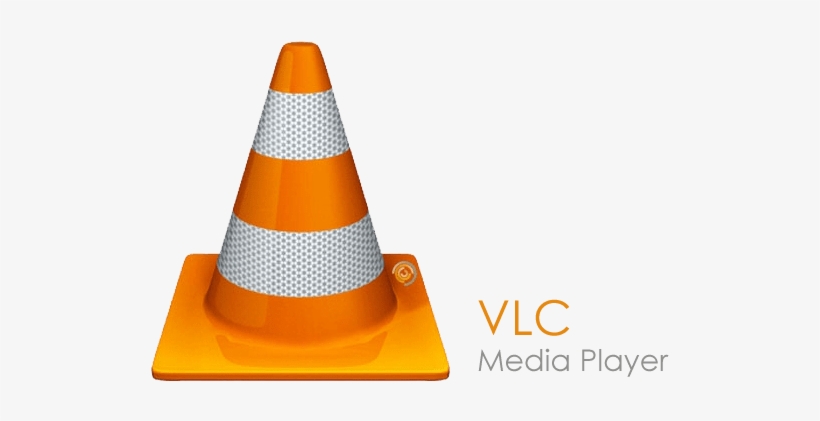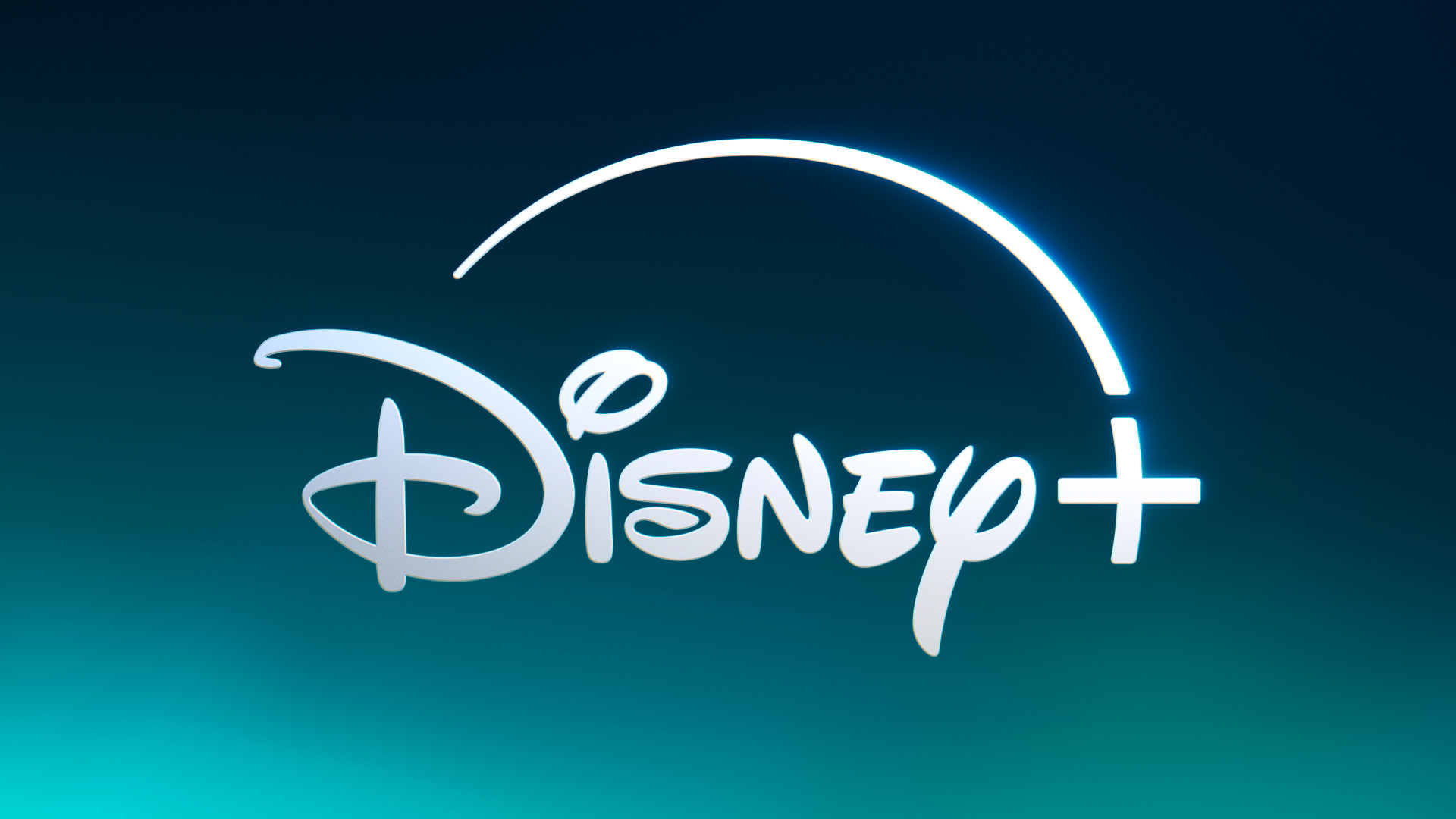
VLC Media Player 3.0.20
### Stream your favorite content anywhere, anytime, without constraints or installation hassles.
About VLC Media Player
Stream Your Favorite Content Anywhere, Anytime, Without Constraints or Installation Hassles
Are you tired of being tethered to a single device, limited by its storage capacity or connection speed? Do you dream of watching your favorite movies, TV shows, or music on any screen, anywhere in the world? Look no further than VLC Media Player, the ultimate solution for streaming enthusiasts.
VLC is more than just a media player – it's a gateway to a world of limitless entertainment. With its sleek design and versatile features, VLC makes it easy to stream your favorite content without worrying about installation hassles or constraints. Whether you're an avid movie buff, a music lover, or simply someone who wants to enjoy their favorite shows on the go, VLC is the perfect companion for you.
The Problem: Limited Streaming Options
Traditional media players often come with limitations that restrict our streaming experience. Some may not support multiple formats, while others might be plagued by buffering issues or poor video quality. And let's not forget the installation hassle – downloading and installing software can be a real pain, especially when you're on the go.
But VLC is different. It's a free, open-source media player that's designed to cater to all your streaming needs. With its user-friendly interface and robust features, VLC makes it easy to stream content from anywhere, without any of the hassle.
Key Features: What Sets VLC Apart
So what makes VLC so special? Let's take a look at some of its key features:
Multi-Format Support: VLC supports a wide range of video formats, including MP4, AVI, MKV, and more. This means you can play almost any file format without worrying about compatibility issues.
Streaming Capabilities: With VLC, you can stream content from various sources, including online services like YouTube, Netflix, and Amazon Prime Video. You can also use the "Loop" feature to create a seamless playback experience.
Chromecast and AirPlay Support: Want to cast your favorite content to a big screen? VLC supports Chromecast and AirPlay, making it easy to share your entertainment with friends and family.
- Smartphones and Tablets: You can also use VLC on your smartphone or tablet, using the mobile app or casting from your device.
Network-Only Mode: This feature allows you to play media files over a network without connecting any external devices. This is perfect for presentations, public screenings, or other events where you need to stream content wirelessly.
The Benefits: Why Choose VLC?
So what are the benefits of choosing VLC? Here are just a few reasons why:
Free and Open-Source: VLC is completely free and open-source, which means you can download it without any installation hassles.
Lightning-Fast Performance: With its robust features and efficient coding, VLC delivers lightning-fast performance that's unparalleled in the industry.
Customizable Interface: You can customize VLC to fit your needs using the built-in settings and skins.
- Community-Driven: The VLC community is passionate and dedicated, which means you'll always find support and advice from fellow users.
- Constant Updates: As a free software, VLC receives regular updates with new features and improvements. This ensures that you stay ahead of the curve and enjoy the latest streaming capabilities.
Real Users Share Their Experiences
But don't just take our word for it! Here's what some real users have to say about VLC:
“I was blown away by how easy it was to use VLC. I can now stream my favorite shows on my phone, and it’s so convenient!” — Rachel M.
“VLC is the best media player I’ve ever used. It supports every format under the sun, and it looks great too.”
As you can see, VLC has won over the hearts of many streaming enthusiasts around the world.
Conclusion: Ready to Stream Your Favorite Content?
In conclusion, if you're tired of being limited by traditional media players or installation hassles, look no further than VLC Media Player. With its sleek design, robust features, and user-friendly interface, VLC makes it easy to stream your favorite content anywhere, anytime.
Download VLC today and experience the thrill of limitless entertainment!
Get started with VLC Media Player:
Technical Information
VLC Media Player Technical Documentation
=====================================
Table of Contents
System Requirements
VLC Media Player can be installed on a variety of operating systems, but the following are the recommended system requirements:
Operating System
- Windows: VLC Media Player is compatible with Windows 10 (64-bit), Windows Server 2016 (64-bit), and Windows Server 2019 (64-bit).
- macOS: VLC Media Player can be installed on macOS High Sierra (10.13) or later.
- Linux: VLC Media Player supports various Linux distributions, including Ubuntu 18.04 (64-bit), Debian 9 (64-bit), and Fedora 29 (64-bit).
Hardware Requirements
- CPU: A dual-core processor with a clock speed of at least 2.0 GHz is recommended.
- RAM: At least 4 GB of RAM is required for optimal performance.
- Storage: A solid-state drive (SSD) with a minimum capacity of 20 GB is recommended for smooth playback.
- GPU: Integrated graphics or a dedicated NVIDIA GPU with at least 256 MB of video memory is recommended.
Network Connectivity
VLC Media Player requires an active internet connection to function properly. A reliable network connection is necessary for:
- Online updates
- License validation
- Streaming content from online sources
Browser Compatibility
For web-based playback, VLC Media Player supports the following browsers:
| Browser | Version |
|---|---|
| Google Chrome | 75 or later |
| Mozilla Firefox | 65 or later |
| Microsoft Edge | 75 or later |
Installation Guide
To install VLC Media Player, follow these steps:
Step 1: Download the Installer
Download the VLC Media Player installer from the official website (www.videolan.org).
Step 2: Run the Installer
Run the installer and follow the on-screen instructions to complete the installation process.
Code Block:
### Windows
wget https://download.videolan.org/pub/vlc windows_amd64.html -O vlc-3.0.0-win64.exe
### macOS (using Homebrew)
brew install --cask vlc
### Linux
wget https://download.videolan.org/pub/vlc/vlc-3.0.0.tar.xz -O vlc.tar.xz
tar xJf vlc.tar.xz && ./vlc
Step 3: Configure VLC Media Player
After installation, you will need to configure VLC Media Player to use the default settings.
- Open VLC Media Player and go to Settings > General Settings.
- Set the Default Volume level to your preferred volume setting.
- Set the Audio Output to ALSA (default) or CoreAudio (macOS), depending on your operating system.
Common Installation Issues and Solutions
- Error 1603: This error occurs when the installer is unable to write files to the installation directory. Solution: Run the installer with administrator privileges.
- No audio output: Check that the Audio Output setting is set correctly, and ensure that your sound card is recognized by VLC Media Player.
Post-Installation Steps
After installation, you will need to configure any additional settings or import media files into VLC Media Player:
- Open a terminal and run the command
vlc --start-playerto start VLC Media Player. - Import media files using the File > Open File menu option.
Technical Architecture
VLC Media Player uses a modular design, with several key components working together to provide a stable and efficient playing experience:
Core Technologies and Frameworks
- C: The primary programming language used for VLC Media Player.
- Java: Used by the VLC Java player.
- Python: Used for scripting and automation tools.
Software Architecture
VLC Media Player is built around several key components, including:
- Media Player Component: Responsible for playing media files.
- Audio/Video Decoder Components: Used to decode audio and video streams.
- Network Component: Handles network communication with online sources or streaming services.
- Widget Engine: Used by the VLC widget.
Databases, APIs, and Services
VLC Media Player uses various databases and APIs to provide features like:
- User Preferences Database: Stores user settings and preferences.
- Media Library Database: Manages media library data.
- API Client Library: Provides a client-side API for integrating with web services.
Performance Considerations
To optimize performance, VLC Media Player uses several techniques, including:
- Multithreading: Optimizes CPU usage by running multiple threads in parallel.
- Audio/Video Decoding Caching: Reduces decoding times by caching frequently accessed media data.
- Memory Management: Efficiently manages memory usage to prevent crashes and performance issues.
Dependencies
VLC Media Player requires the following dependencies:
Libraries and Frameworks
- libav: The primary audio/video decoding library used by VLC Media Player.
- libffmpeg: Used for video encoding and streaming.
- libvorbis: Used for audio decoding.
Prerequisite Software
VLC Media Player requires the following software to be installed:
- A C++ compiler (e.g., GCC or Clang).
- A development library (e.g., Boost or Qt).
Compatibility Concerns and Version Requirements
VLC Media Player supports various versions of operating systems, browsers, and hardware configurations. However, ensure that your system meets the minimum requirements for optimal performance.
Note: This documentation is intended to provide a general overview of VLC Media Player's technical architecture and dependencies. For specific information on customizing or extending VLC Media Player, please refer to the official documentation and developer resources.
System Requirements
| Operating System | Cross-platform |
| Additional Requirements | See technical information above |
File Information
| Size | 40 MB |
| Version | 3.0.20 |
| License | GPL-2.0 |
User Reviews
Write a Review
Download Now
Software Details
| Category: | Media & Entertainment |
| Developer: | VideoLAN Organization |
| License: | GPL-2.0 |
| Added on: | January 05, 2022 |
| Updated on: | January 10, 2025 |




